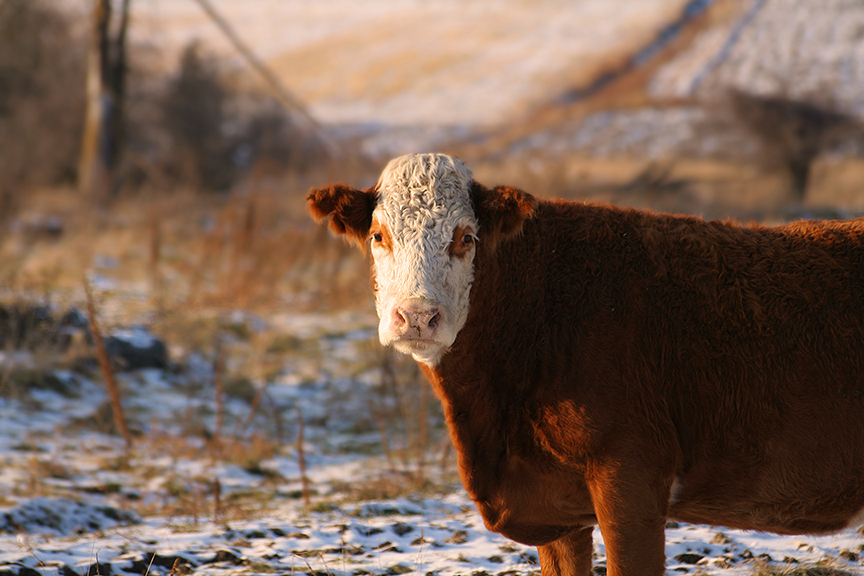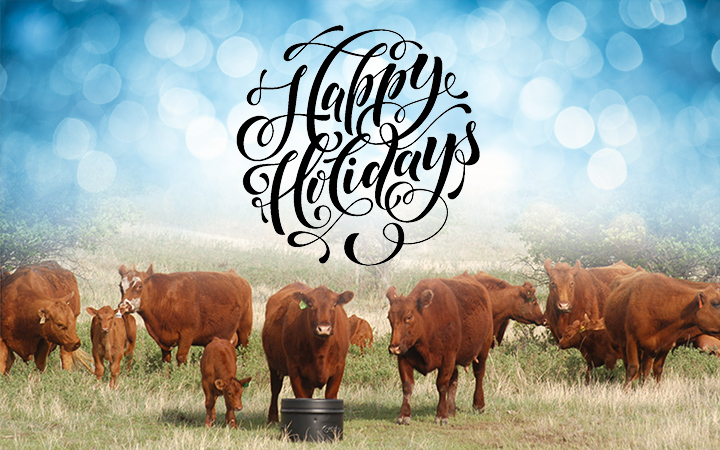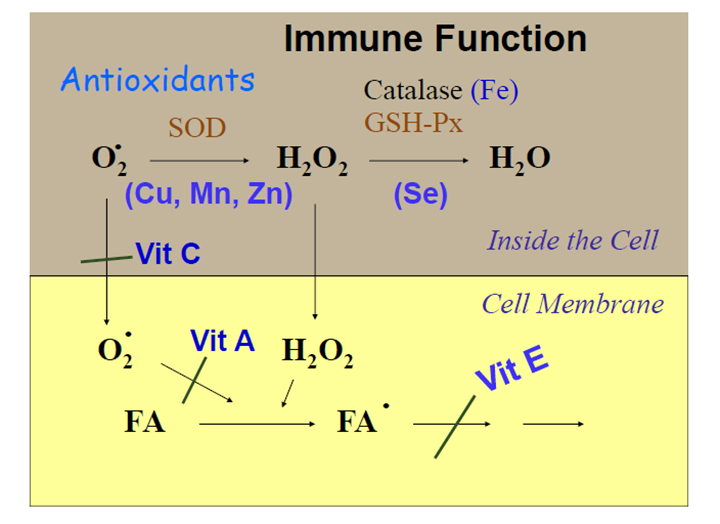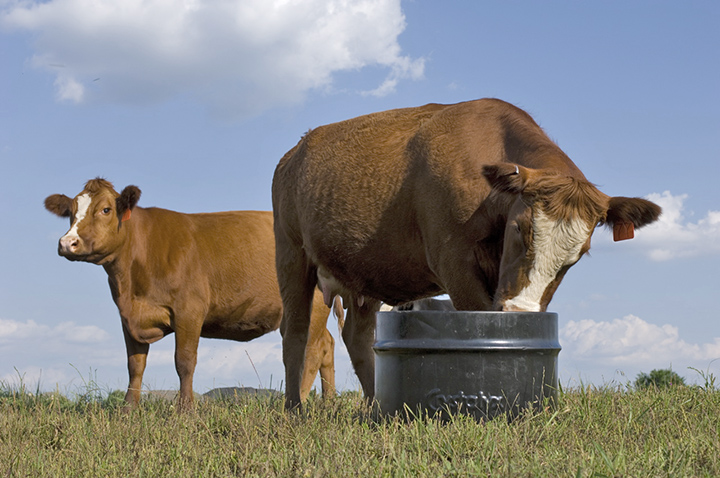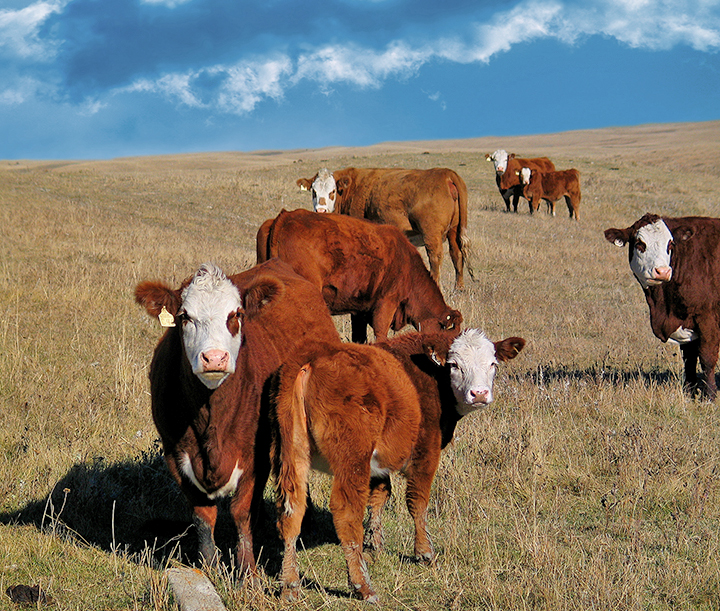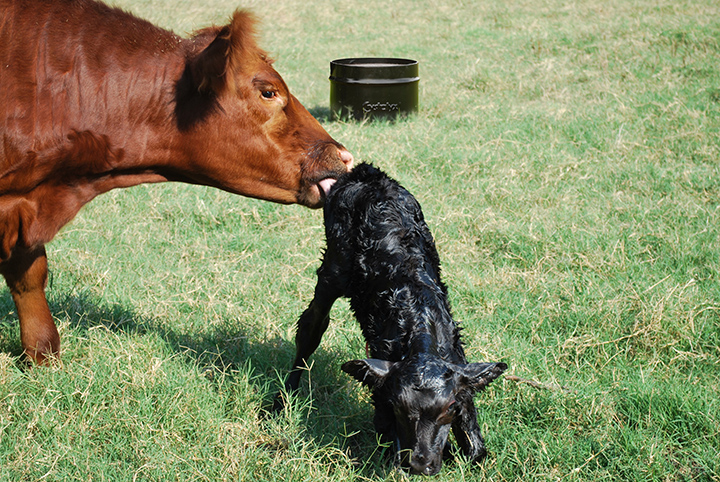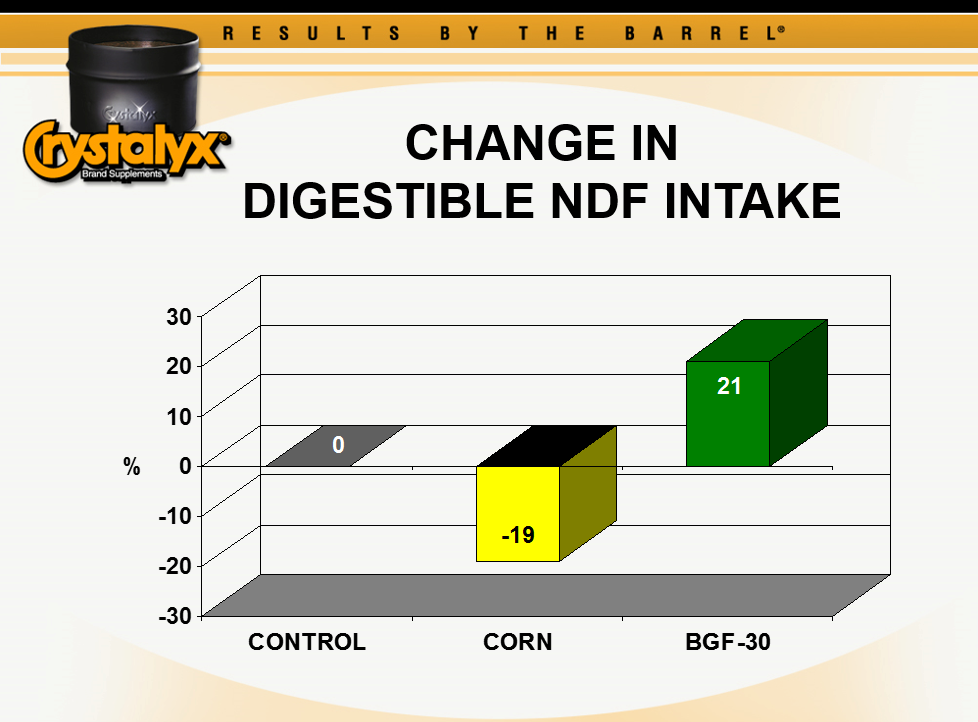Has anyone noticed the increased cost of supplements and manufactured feeds lately? What's the reason? Vitamin costs. In beef cattle nutrition, it seems a lot of attention is given and information is reported, regarding the importance of nutrients like protein, macro and trace minerals, fats and carbohydrates (starch and sugar).
Thoughts for the holidays
We use this blog as a vehicle to provide advice and perspectives related to cattle production. However, this time around, I’d like to focus on the men and women who are raising those cattle.
Reducing oxidative stress for optimal performance
Recent studies cite that 83.9% of the cattle at harvest showed signs of chronic oxidative stress. What role do chelated trace minerals have in improving oxidative balance and how can we help cattle reach their full genetic potential?
Thinking multiple steps ahead for cow-calf producers
This is a topic that I have tried on several occasions to write about but thought that it might be too ambiguous in terms of what could possibly be written that would seem valuable enough or intriguing enough to be read by cow-calf producers. What has kept this topic simmering on the backburner have been observations not only at work but also with my kids at home.
We are approaching the third trimester
With many of you having spring calving herds, that will begin to calve in February, March or April, we are fast approaching the proverbial “third trimester”.
Mineral nutrition in early pregnancy counts more than you think
Maternal nutrition, including mineral nutrition, during early gestation is just as critical as during later gestation. Fetal programing shows that nutritional disruptions during pregnancy can have far-reaching implications later in the calf’s life, and even into adulthood.
Beware of NOT using CRYSTALYX when grazing cornstalks
It’s November in the heartland and corn harvest has been in full swing. Grazing corn residue, or commonly just called, “grazing cornstalks,” is commonplace where cows and cornfields coexist.
The evolution journey of CRYSTALYX
The way we feed cattle is constantly evolving; the novel concept of putting out a salt block, the early work on trace mineral requirements in the 50’s, the addition of copper to HE-20% in the 90’s and the introduction of chelated/organic trace minerals to the market in the 90’s. The cattle we raise are also evolving. The genetic profile of today’s herds are light years ahead of the herds of the 50’s, so why are we still supplementing cattle as if they are?
Evaluating feed and feeding cost
In many areas, the cow calf producer is about to enter the more expensive time of the production cycle for feeding the cow herd; Hay feeding season! Pasture cost is the biggest expense for most operations, but the cow does the harvesting and the pasture payment often is not an out-of-pocket item that hits the check book all at once. If you are in a pessimistic mindset you may be thinking, “No, buying protein blocks is the most expensive thing I do”.
Fall is in full swing
Fall is in full swing, here’s a quick check list to make sure your cow herd goes into winter in good shape.
